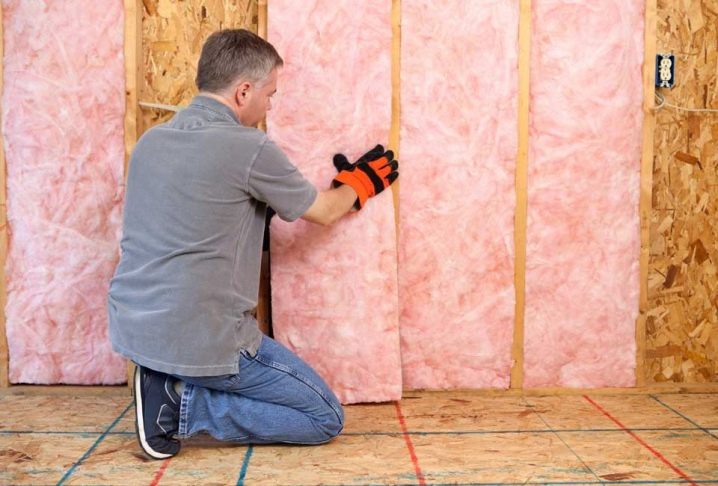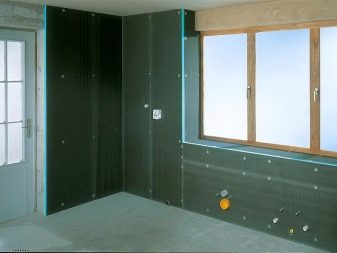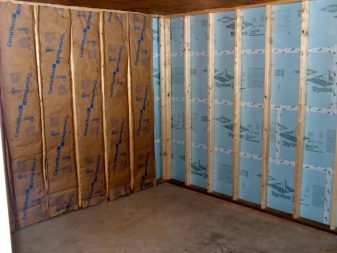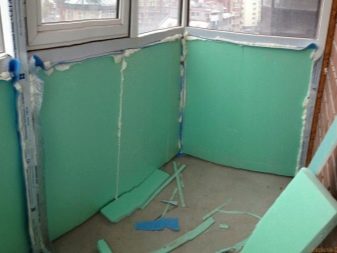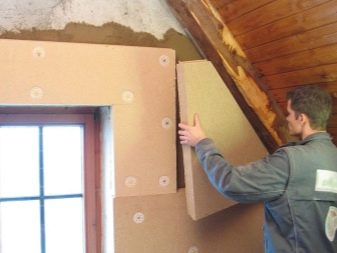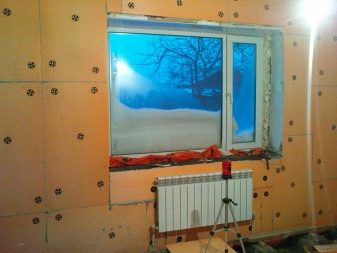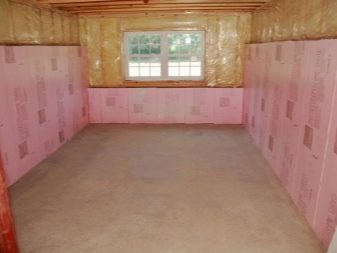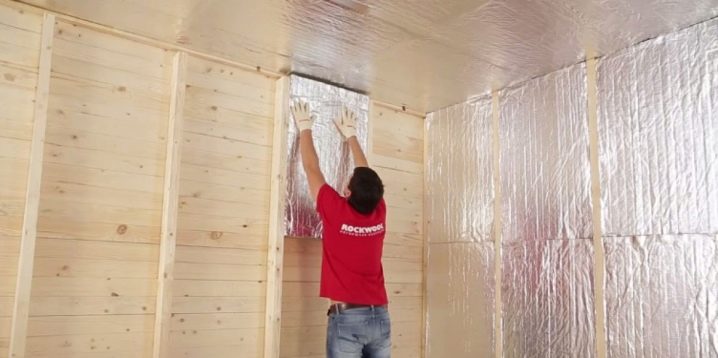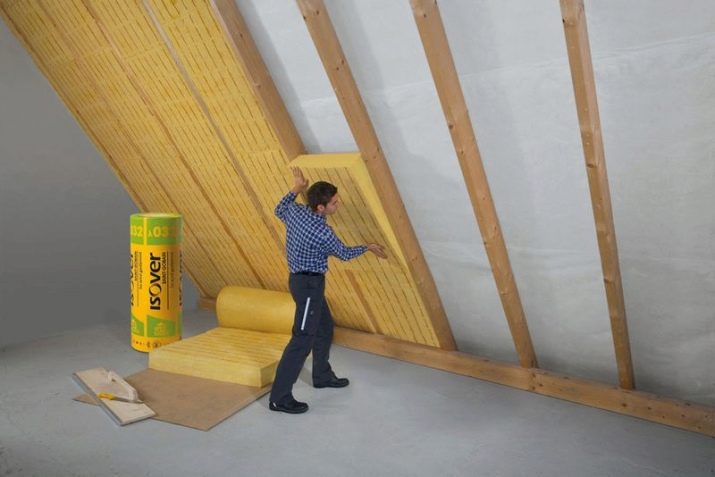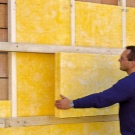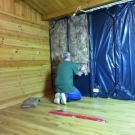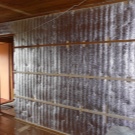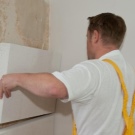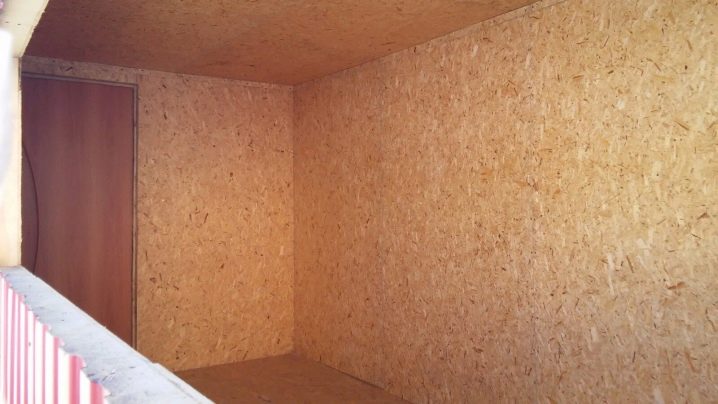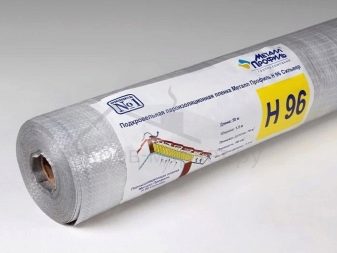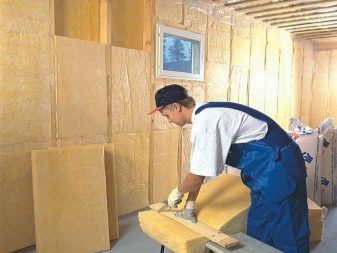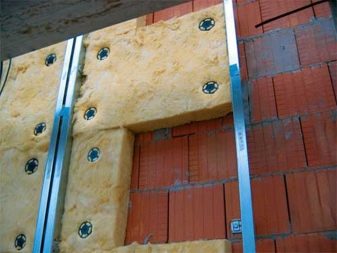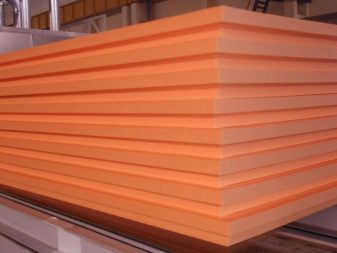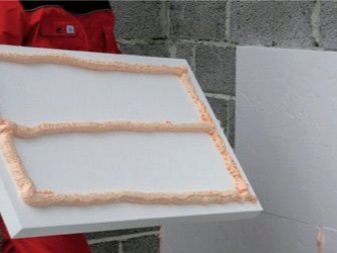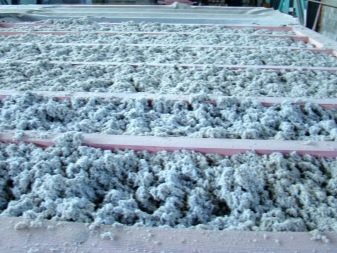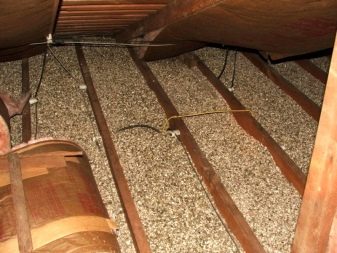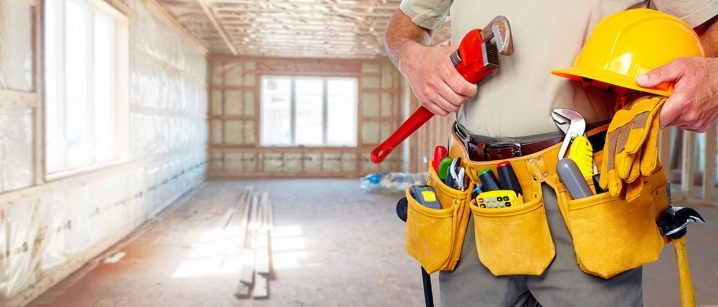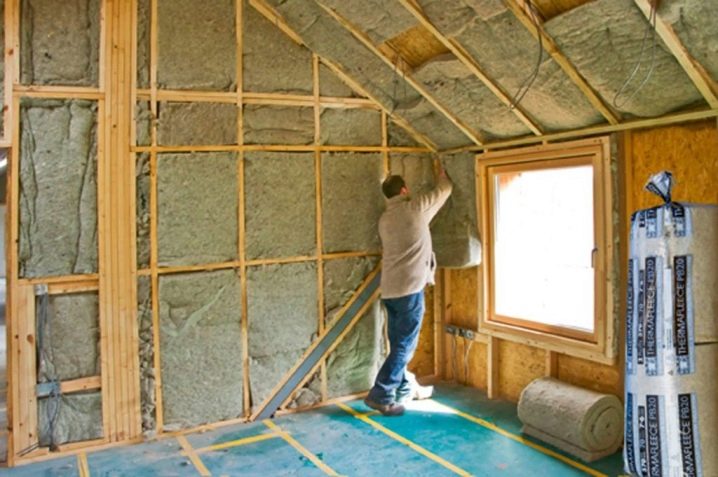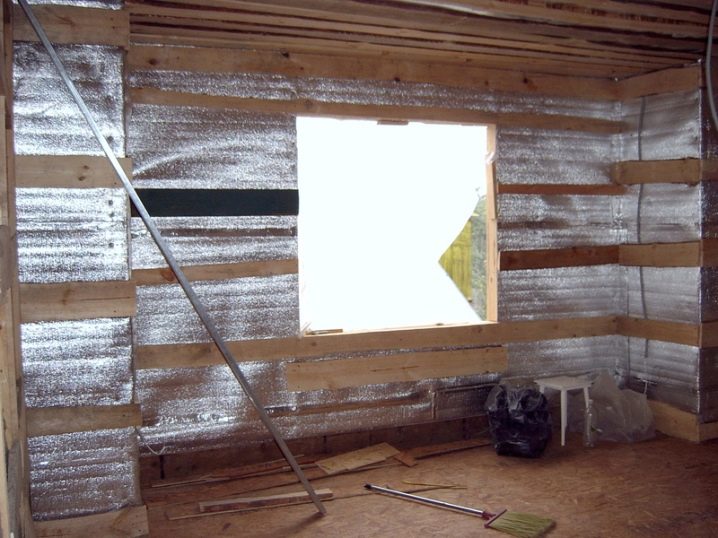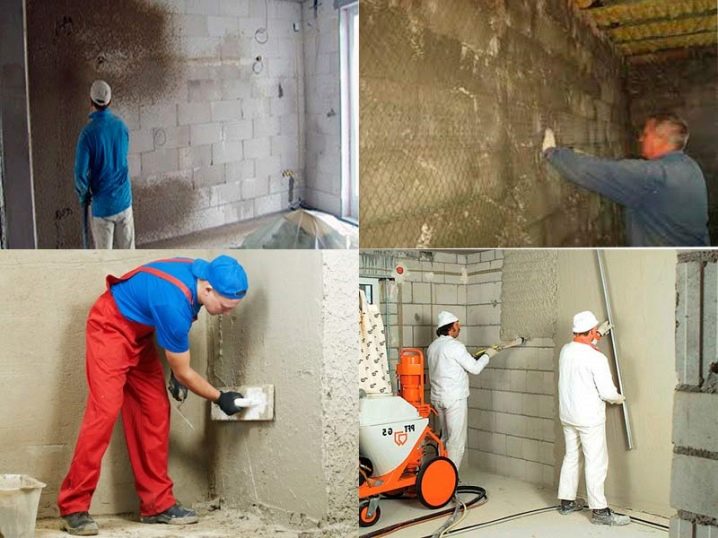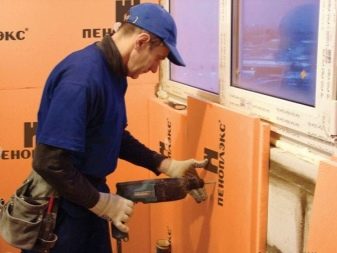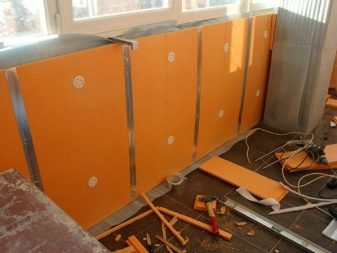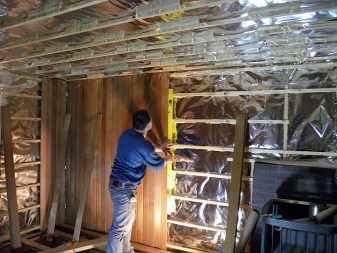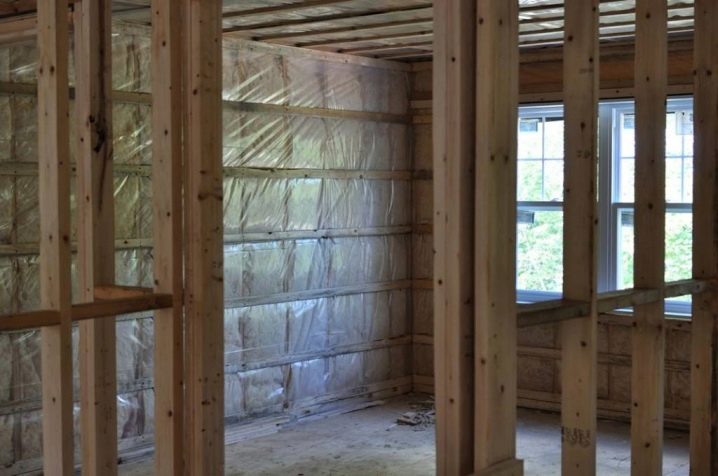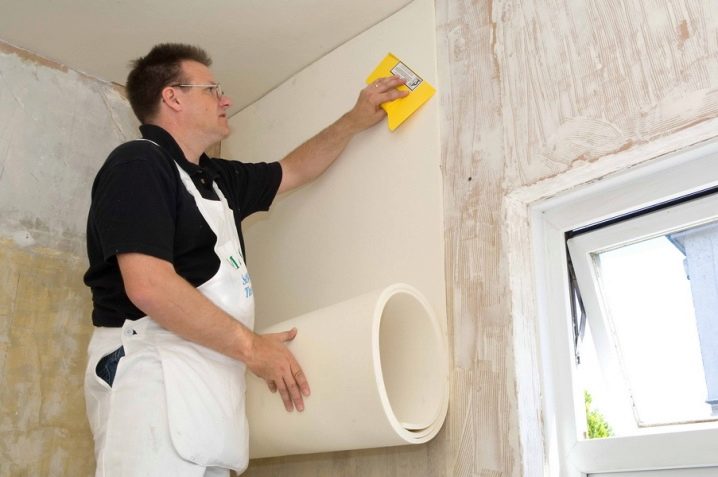How to choose the insulation for interior walls?
Any premises in which a person will live or for some time must be suitable for such use. The most important thing you need for a comfortable life is fresh air, which will be updated all the time, light and water. There is also such an important indicator as heat. If it is cold in a room, then it will be unpleasant and sometimes dangerous to stay in it, which is why it is so important to warm the walls, using the right materials.
Special features
The process of optimizing the microclimate in a residential area involves the use of internal or external insulation. For housing, in which they do not live permanently, inner insulation will be ideal. This choice is due to the fact that the installation process is extremely simple and does not require significant costs, both financial and physical.Insulation for the walls is selected based on the tasks facing the building.
Each option has a different size, weight and structure. You can choose the material with which it is most convenient to work. To warm the house inside it is important that during the day it does not overheat, and at night it does not overcool. This is harmful both for the building itself and for those who live in it. There are norms according to which the temperature of the floor should not drop to more than +25 degrees, and the walls should not be colder than +18 degrees. The optimum temperature, in which a person can live comfortably, is an indicator of +22 - +25 degrees.
In the case of internal warming, condensate forms between the surface of the insulation and the wall itself, which is associated with the temperature difference that collides with each other. In order for the walls not to wet, it is imperative to install a vapor barrier layer that will regulate this process. After installing all insulating components, not only the inside of the house will become more secure, but also external, because with temperature drops there will be no impact on the same brick that can last longer.
Materials
In order to insulate the walls in the house, you need to properly distribute the process of preparing for it, which includes:
- preparation and purchase of materials and tools;
- the process of fixing the vapor barrier layer and the manufacture of the frame;
- the process of laying insulation and finishing walls.
From materials for wall insulation using glass wool, slag wool, stone and basalt wool, polystyrene foam, penoplex, polyurethane foam and some other options. Part applies only to interior work, part exclusively for exterior work, but there are those that are suitable in both cases. Sometimes for this purpose they use sawdust, which can insulate both the walls and the floor, but often prefer not to use this material due to its flammability.
If the walls are insulated from the outside, then the finishing with siding, Euro-board or any other materials should be completely dismantled, after which the insulation should be installed.
Only after this stage of work is completed and the vapor barrier film is installed can the panels be put back to give the house a beautiful appearance.
Most often external warming is applied to the capital house,where people live all the time. As for country houses or seasonal housing, it is enough for him to trim the inside. Having installed a suitable material on the walls, it can be covered with cardboard, hardboard, plywood or even sheets of drywall on top of it. The choice is made taking into account the cost of coverage and funds that are for repair.
Materials that will be needed for insulation work include:
- vapor barrier film, which resists the penetration of moisture from the street and seeks to get inside the room;
- wooden beam from which the wooden crate is created;
- fasteners, the best of which will be screws;
- drywall for finishing. It is better to purchase a moisture resistant sheet.
For insulation of the house from the inside, you can use a variety of materials. The most sought after are several options.
One of them - mineral wool, which is based on glass wool and stone wool. It has excellent thermal properties. For different works, there are products with a density of 50 to 200 kg per cubic meter. Thinner options are made in rolls, while denser ones are pressed into minplates.Fastening occurs with the help of dowels on a wooden frame. In this case, it is better not to use glue, which can lead to delamination of the product.
If we consider the features of mineral wool, it is worth saying that she does not like dampness. If the fibers get wet, they will lose their properties. If you install such insulation outside, it is important to make a good waterproofing. This material copes with its functions indoors. A special advantage of the product is its non-inflammability. When working with this material it is necessary to use protective materials for the eyes and respiratory organs due to the large amount of dust and small particles.
Are popular and foamed insulation: expanded polystyrene / polyfoam and polyurethane foam. Expanded polystyrene is considered a convenient option for warming the inside of the room. Its advantage is lightness, good strength, ease of installation and reasonable price. This option is not inferior to mineral wool, but it is not afraid of moisture, because it can be used both inside and outside the building. It is better to fasten foam plastic with screws or dowels-nails, but you can also use glue.
Of the minuses, only flammability can be noted, because this material can be used in places far from sources of fire. Polyurethane is applied only with special equipment, which allows you to select polyurethane foam. This option allows you to apply a solid layer that is very firmly held on the surface. Of the disadvantages, you can select only the high price for this type of insulation.
Among foiled heat insulators Penofol is the most popular. The basis of the material is foamed polyethylene with metal foil. Penofol is very thin, so it allows not to take the living space of the room. This material has a low coefficient of thermal conductivity, and therefore, retains heat well.
Loose insulation - This is a non-standard option for home insulation. For this you can use expanded clay, ecowool, moss, needles from pine or spruce, hay, sawdust. A positive feature of this option is its environmental friendliness, but it can only be used for the floor and ceiling. Of the minuses can be noted the high risk of rodents in this kind of layers.
From the tools in the work will be useful:
- knife for cutting mineral wool;
- a tape measure and a pencil with which all measurements and markings will be made;
- screwdriver for mounting screws;
- construction stapler, which is convenient in the process of fixing the vapor barrier film;
- protective equipment such as gloves, goggles, respirator.
The choice of tools and means of protection directly depends on what exactly you have to work with, what option of insulation will be chosen.
How to choose?
In order to choose a suitable heat insulation of a country house, which will be located inside, it is important to know what you have to work with. If you need to insulate the second floor or instead of the old cold attic to turn the room into a living area, it is important to choose the right type of insulation. It is important to analyze what material the house is built from. Wooden huts should have a breathable heat insulator, and brick or foam concrete structures can do without it.
Selecting material for working with walls, you need to evaluate its moisture resistance, which will be one of the main criteria. It is also worth considering heating. If a stove is working inside, the difference between the temperature outside and inside the house will become very large.This process will lead to the formation of condensate, which will affect the insulation and contribute to its soaking. In such conditions, the material will not last long and will soon begin to deteriorate. To avoid such an outcome, it is necessary to use a vapor barrier film that will protect the insulating sheet from moisture.
To choose the right insulation, you should pay attention to the performance:
- thermal conductivity, which must be low in order to be able to maintain optimal conditions in a residential area;
- resistance to frost - this is important for those cottages that are not heated in winter and the temperature indicator in the house can be zero, which adversely affects some types of thermal insulation;
- ease of installation work, which is important in the case of a country house, which the owner himself often works on, because the simplicity of all actions is extremely important in this case;
- pricing policy, which is especially important in the case of arrangement of a country house, where materials are taken cheaper.
If, in addition to the walls, it is also necessary to insulate the ceiling, then you should take care of the availability of materials for this procedure.If in the house attic rooms are converted to residential, then you can not do without finishing and using insulation. To overlap the ceiling, it is important to choose materials that are resistant to precipitation and to significant temperature differences. The density of the plates must be high so that they can trap the heat in the room without letting the external cold out from under the roof. During the reconstruction of the attic, it may be necessary to warm the floor, especially if it is located on a reinforced concrete slab. To do this, you need to make a crate, lay insulation, on top of which put a covering material such as plywood, fiberboard and others.
It is especially important to make work on the insulation of the room, if the house shield.
In this case, almost all surfaces should be supplemented with a layer of thermal insulation material to create suitable living conditions inside the living space. Having the necessary materials for this process, you need to know how to use them properly.
How to install?
If there is a need to carry out installation of insulation with your own hands, it is important to clearly understand the algorithm of work. The first thing to start with is the preparation of the walls, for which their surface is leveled and all problem areas are removed.In order to properly insulate the inside of the room, you need to take care of the device waterproofing layer. If there is no suitable special material on hand, a simple polyethylene is suitable, which is attached with adhesive tape.
Step-by-step instructions in the case when you need to insulate a country house, reduced to the following items:
- The choice of suitable insulation based on the material of the house and the place that is subject to repair.
- Installation of plates of heat insulation in the required place. For a more secure fit, you need to miss the surface with glue.
- Laying plates occurs in a checkerboard pattern, and at the junction it is important to use a large amount of glue and foam.
- Fixing plates using plastic dowels.
- The application of the surface layer of glue around the perimeter of the insulation.
- Overlay reinforcing mesh glue and immersing it in the glue substance roller.
- After the glue dries, the surface is plastered and finished.
The most convenient material for installation is penoplex; even a person without experience can work with it. If there is a desire to make the house so warm to live in it all winter, then mineral wool will be the best solution.Working with her is not much more difficult. The process of insulation consists of the following items:
- the preparation of the walls, the elimination of any problem areas;
- vapor barrier surface;
- production of wooden crates with a step, the calculation of which should proceed from the size of a roll of mineral wool;
- laying material in a niche;
- the joints are glued with adhesive tape;
- applying a second layer of vapor barrier, which is fixed to the crate;
- finishing walls.
Foil heat insulator can be used as insulation. This is a relatively new material that contains a layer of foil on one or both sides. To use it on a wall, you must:
- prepare the surface;
- make crates;
- put in her insulating material;
- joints are glued with aluminum tape;
- finishing finish.
If there is a desire to use something else, then fibreboard is an excellent option.
This is the simplest option for wall insulation, which even an amateur can do, because the installation of heat-insulating material can be done on any surface, even with old finish. The main criterion is dryness and cleanliness of the walls.
The installation process is accomplished with the help of special nails that have a retractable head. As soon as all materials are placed on the wall, you can use any necessary finishing on them, stick on wallpaper, plaster, paint, etc. The choice of insulation depends on professional skills, the need to create absolutely comfortable conditions all year round and in the cost of production. Everyone chooses the option that is most convenient for him from all sides.
Tips and tricks
When planning to insulate the house from the inside, it is important to clearly understand the difference between the main options of materials that may be needed in the work. In the case when the product is vapor-proof, simply lay it on the right place, but if this is not the case, it is important to use a layer of vapor barrier film. If this is not done, then between the insulation and the wall of the house will begin to form condensate, which will destroy the insulation from the inside and all the work will be in vain.
When installing insulation, it is important to make a small gap between it and the future layer of decorative finishes so that the evaporation that will appear does not affect the surface on both sides.The use of insulation indoors is appropriate, if the house has sufficient dimensions, and if it is very small, it is better to add an additional layer of insulation outside. Selecting insulation, you need to decide on its thickness, which is directly dependent on the time of use of the house. If this is only a warm season, then it is not necessary to take a thick material, and for year-round stay it is important to choose the most overall products that will provide the best result.
For those cases where the cottage is used only in the season, you can not spend a lot of money to ensure that the house was capital. In this case, the materials should be taken cheaper than in a similar situation when the permanent housing is being repaired. It is possible to do without warming at all, but then the building will stand much less and soon we will have to build a new country house, therefore it is better to protect yourself from this kind of trouble.
For information on how to choose insulation for interior walls, see the following video.

